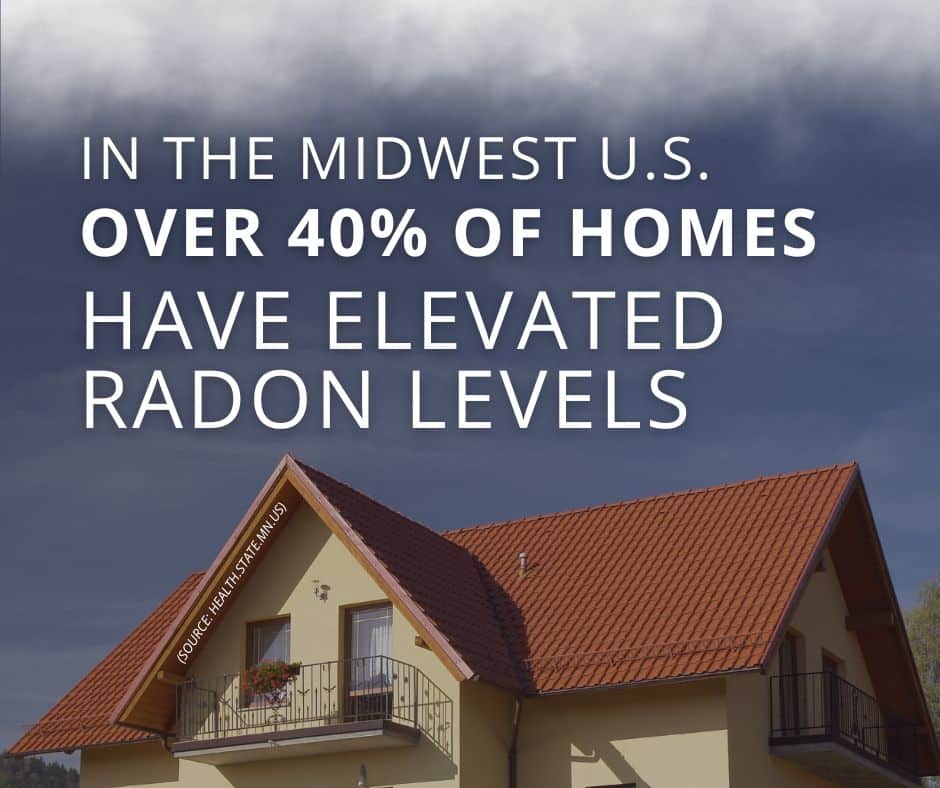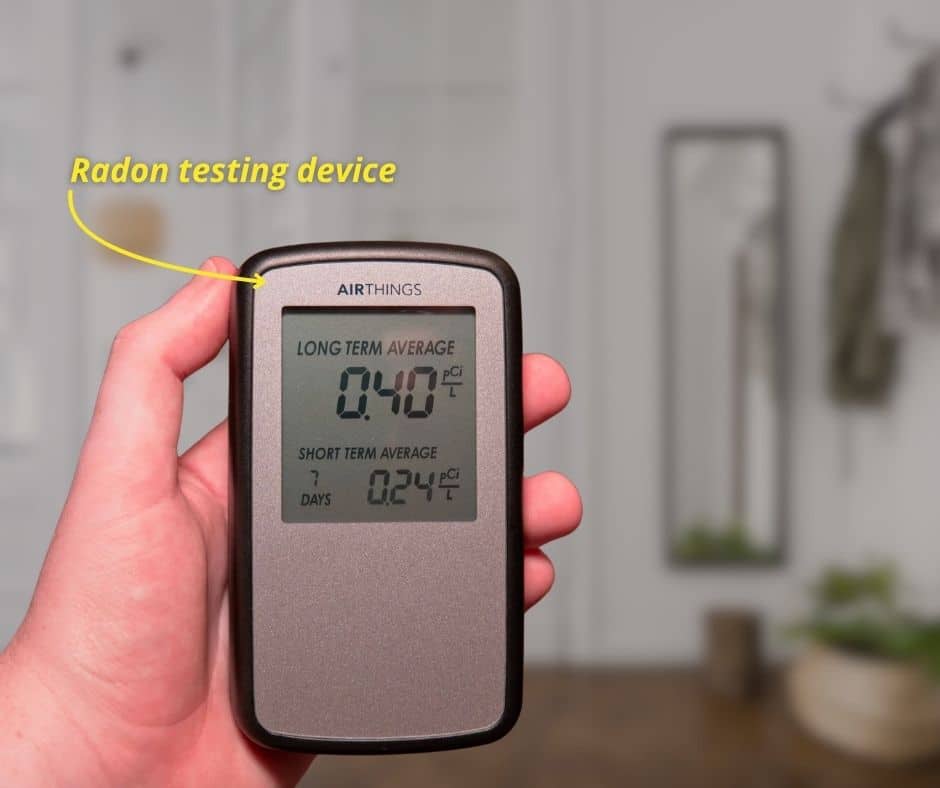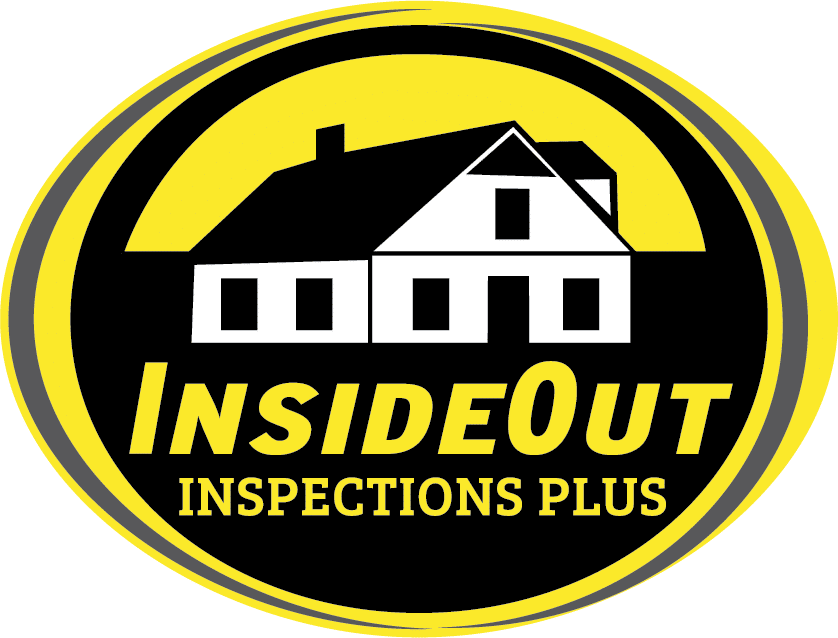If your home had a slow, invisible leak of something toxic, you’d want to know about it. Radon is exactly that kind of threat. It’s a naturally occurring radioactive gas that doesn’t have an odor in your home, isn’t visible, but has insidious risks over time.
Across much of the region, radon is a widespread concern. Homes built on certain types of soil, especially in areas with colder climates and basements, tend to have higher levels.
This guide covers what radon is, how it enters a home, why it’s common in this part of the country, and the steps you can take to detect and manage it before it becomes a long-term health risk.
What Exactly Is Radon?
Radon forms as uranium naturally breaks down in soil, rock, and groundwater.
It’s part of the Earth’s normal geological activity. The gas rises from the ground and, if given a path, enters buildings through openings in the foundation.
Once inside, it collects in enclosed spaces like basements, crawl spaces, and lower-level rooms. It’s not harmful in small doses. The danger lies in long-term exposure to high concentrations, something that often goes unnoticed for years without testing.
Unlike natural gas or carbon monoxide, radon has no odor or color inside the home. You won’t notice it’s there unless you specifically test for it.

The Radon Risks
Radon is the second leading cause of lung cancer in the United States after smoking. It’s estimated to cause over 20,000 lung cancer deaths each year in the U.S. alone.
The risk increases the longer someone is exposed and is significantly higher for smokers or former smokers. But non-smokers are not immune. Long-term radon exposure has been documented as a cause of cancer even in otherwise healthy individuals.
What makes radon especially challenging is that it doesn’t cause symptoms in the short term. There are no warning signs, such as coughing, dizziness, or fatigue.
That’s why many homes go decades with elevated radon levels and no obvious indicators.
Radon in This Region
The geology of much of the Midwest, particularly in areas such as Michigan and Ohio, features glacial soil, granite, and shale, which are rich in uranium deposits.
These materials release radon gas over time. Combined with seasonal freezing, heavy rainfall, and frequent use of basements, these factors create ideal conditions for radon buildup.
Other contributing factors include…
- Homes with basements or crawl spaces
- Poor soil ventilation around foundations
- Slab-on-grade construction with cracks or unsealed joints
- Heating systems that draw indoor air upward, creating suction at the foundation level
Even homes built to newer energy-efficiency standards may be more prone to trapping radon inside, especially if ventilation is not well-balanced.
How Radon Enters the Home
Radon gas moves with air and pressure. When the pressure inside your home is lower than the pressure in the soil around it, the house creates a vacuum effect. This pressure difference pulls gases into the structure through even the smallest gaps.
Typical entry points include:
- Cracks in concrete floors or walls
- Construction joints or slab seams
- Gaps around pipes, wiring, or sump pumps
- Floor drains and uncovered crawl spaces
Once inside, radon can concentrate in lower levels of the home, especially if those areas lack proper ventilation.
No Warning Signs
Unlike carbon monoxide or a gas leak, radon does not smell. It does not make you feel dizzy, tired, or sick in the short term. The gas accumulates silently over months or years, depending on your home’s construction and environmental conditions.
This is what makes radon so dangerous. Without testing, most homeowners would never know there’s a problem until long after exposure has occurred.
When and Why You Should Test
The EPA recommends testing for radon at least every two years, or immediately if you move into a new home, finish a basement, or make changes to your home’s foundation or ventilation.

You should also test if:
- Your home has never been tested
- You live in a county identified as high-risk
- You’ve completed recent renovations that affect airflow or sealing
- You’re planning to sell your home and want to address any risks in advance
Testing is the only way to confirm radon levels and determine whether mitigation is needed.
What Happens If Your Home Has Elevated Levels?
If your test shows a radon level at or above 4.0 picocuries per liter (pCi/L), mitigation is recommended. Fortunately, reducing radon levels is a well-established process.
Common radon mitigation techniques include:
- Installing a sub-slab depressurization system that vents gas from beneath the home
- Sealing cracks and gaps in the foundation
- Improving airflow in basements or crawl spaces
- Installing a vapor barrier over exposed soil
These systems are quiet, effective, and often last for decades with minimal maintenance. A follow-up test confirms that the solution is working.
What Makes Professional Testing Different
Certified radon inspections use continuous digital monitoring equipment that collects data over a specific period, usually 48 hours. This approach tracks radon levels during the day and night and helps identify unusual spikes or ventilation patterns.
Professional testing is more accurate than other methods and provides you with clear documentation you can use during real estate transactions or long-term maintenance planning.
At Inside Out Inspections Plus, we provide certified radon testing across Michigan and Ohio using up-to-date monitors that follow EPA and state protocols.
Conclusion
Radon gas does not have an odor, look, or feel like a problem, but that is exactly what makes it one for your home. In a region where radon is common and homes are often built with basements or crawl spaces, the best protection is knowledge. Testing is simple, science-backed, and the first step toward protecting your family’s long-term health.
If you haven’t had your home tested for radon, now is the time. Contact Inside Out Inspections Plus to schedule certified radon testing and get a clear picture of what is happening inside your home.


